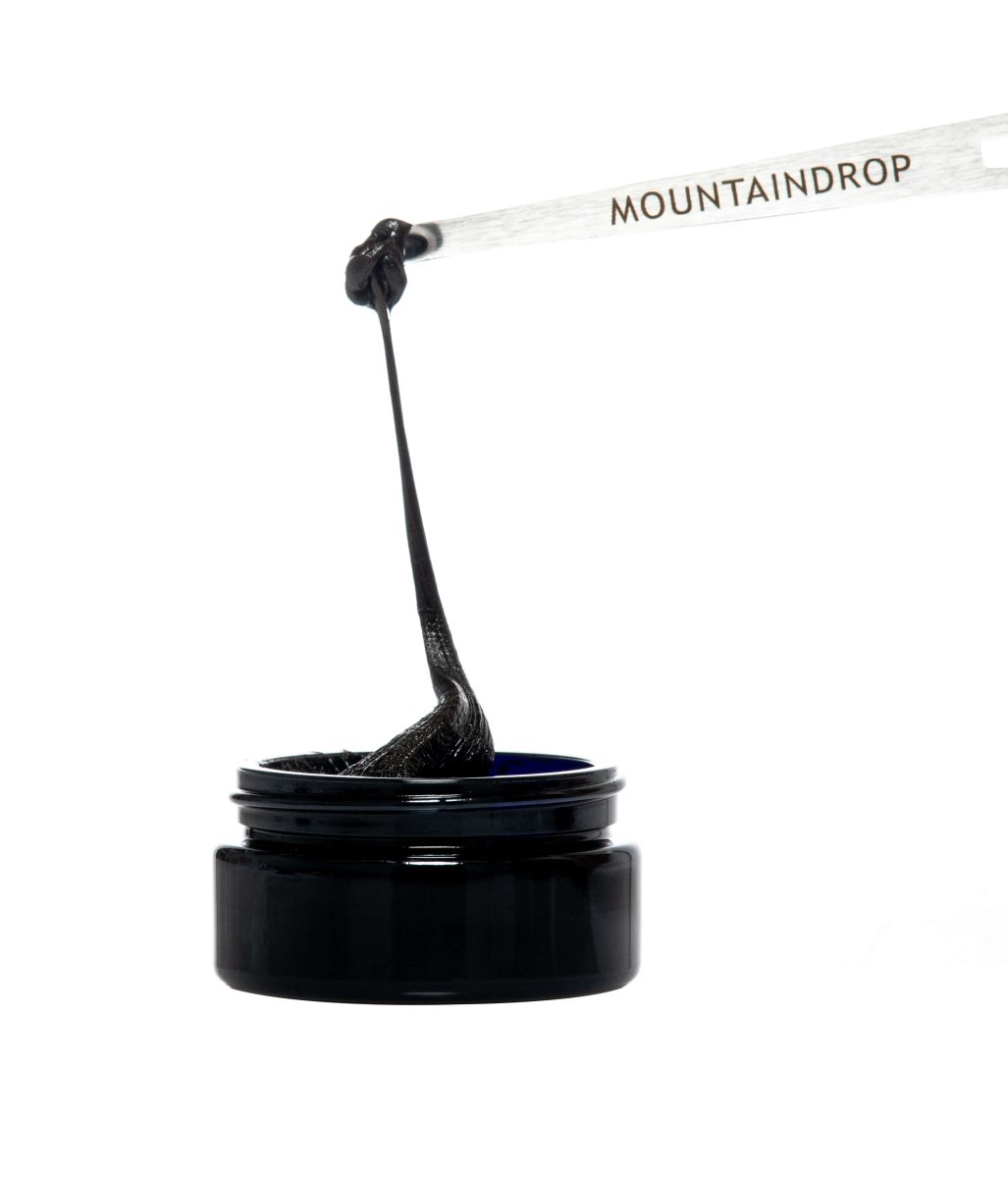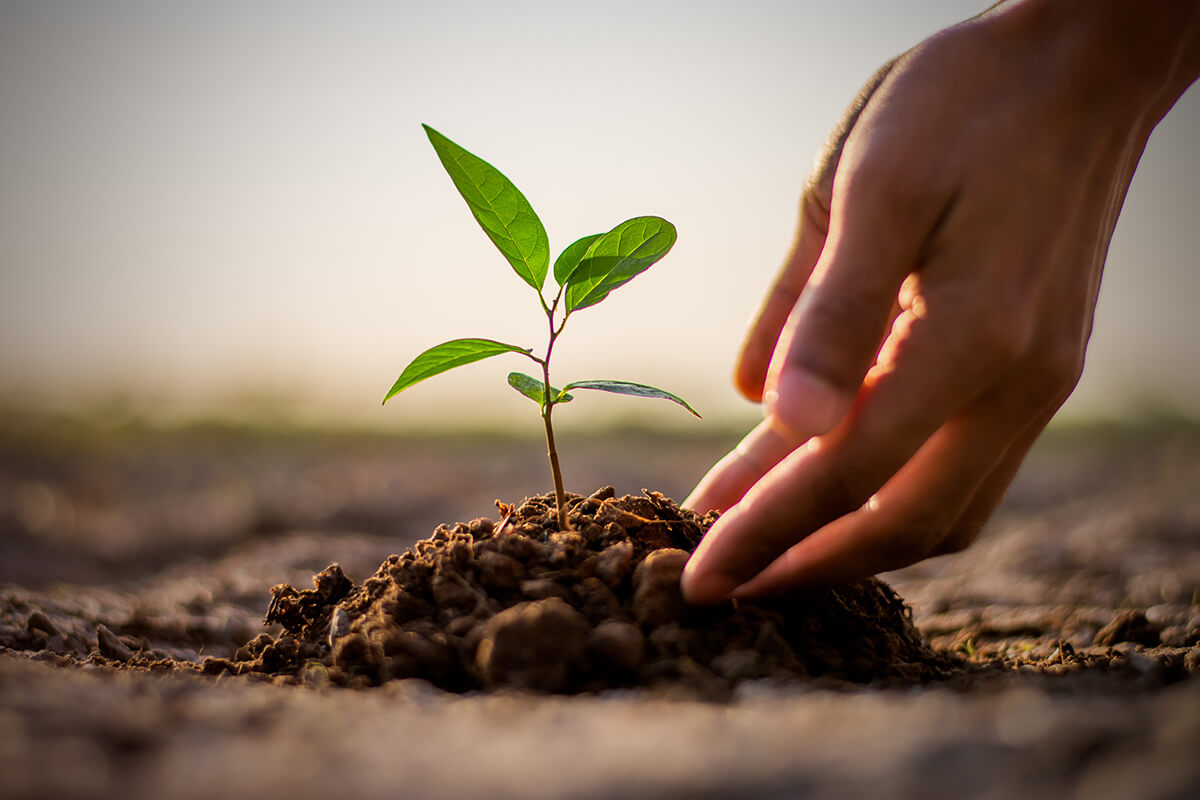Hallo, liebe Pflanzenfreunde und Gesundheitsenthusiasten! Haben Sie schon einmal von Fulvinsäure gehört? Es ist ein winziges Molekül, das eine große Wirkung hat, wenn es darum geht, sowohl die menschliche Gesundheit als auch das Pflanzenwachstum zu fördern. Und weißt du, was noch cooler ist? Eine der besten natürlichen Quellen für Fulvinsäure ist eine Substanz namens Shilajit, die seit Jahrhunderten zur Steigerung von Vitalität und Wohlbefinden verwendet wird.
Aber genug mit dem wissenschaftlichen Gerede - kommen wir zur Sache. Warum sollten Sie sich für Fulvosäure und Shilajit interessieren? Nun, wenn Sie Eltern von Pflanzen oder Gärtner sind, sind Sie immer auf der Suche nach Möglichkeiten, Ihren pflanzlichen Begleitern ein wenig Extra-TLC zu geben. Und wenn es Ihnen so geht wie mir, sind Sie auch an natürlichen, organischen Lösungen interessiert, die keine scharfen Chemikalien oder synthetischen Düngemittel enthalten. Hier kommt die Fulvosäure von Shilajit ins Spiel - sie ist ein kraftvolles, ganz natürliches Werkzeug, um das Wachstum und die Gesundheit Ihrer Pflanzen zu fördern. Ob Sie nun ein erfahrener Gärtner sind oder gerade mit Ihrem ersten Kräutergarten auf der Fensterbank beginnen, lesen Sie weiter, um mehr über dieses erstaunliche Molekül zu erfahren und wie es Ihre Pflanzen verändern kann.

Shilajit ist eine einzigartige und kraftvolle natürliche Substanz, die seit Jahrhunderten zur Förderung von Gesundheit und Wohlbefinden eingesetzt wird. Aber wussten Sie, dass es auch für Ihre Pflanzen von großem Nutzen sein kann? Shilajit enthält eine breite Palette von Mineralien, Vitaminen und anderen Nährstoffen, die für das Wachstum und die Entwicklung von Pflanzen wichtig sind. Einer der Hauptbestandteile von Shilajit, der es so wirksam für die Pflanzengesundheit macht, ist jedoch seine hohe Konzentration an Fulvosäure.
Fulvosäure ist eine natürliche, organische Verbindung, die durch den Abbau von Pflanzenmaterial durch Mikroorganismen entsteht. Sie hat eine einzigartige chemische Struktur, die es ihr ermöglicht, sich mit Mineralien und anderen Nährstoffen im Boden zu verbinden, wodurch diese für die Pflanzen besser verfügbar werden. Wenn Sie also Shilajit in Ihren Boden geben, versorgen Sie nicht nur Ihre Pflanzen mit wichtigen Nährstoffen, sondern verbessern auch die allgemeine Gesundheit und Fruchtbarkeit des Bodens.
Einer der wichtigsten Vorteile von Fulvosäure für Pflanzen besteht darin, dass sie das Wurzelwachstum anregt. Das liegt daran, dass Fulvosäure dazu beitragen kann, Bodenpartikel aufzubrechen, so dass die Wurzeln leichter eindringen und Nährstoffe aufnehmen können. Durch die Förderung eines gesunden Wurzelwachstums kann Fulvosäure dazu beitragen, dass Ihre Pflanzen stärker, gesünder und widerstandsfähiger werden.
Fulvosäure kann auch dazu beitragen, die Bodenstruktur und das Wasserhaltevermögen zu verbessern. Das bedeutet, dass der Boden die Feuchtigkeit auch bei Trockenheit besser speichern kann, was das Überleben und Gedeihen der Pflanzen fördert. Außerdem kann Fulvosäure den Pflanzenstoffwechsel und die Photosynthese regulieren, was die Gesundheit und den Ertrag der Pflanzen insgesamt verbessern kann.
Wenn Sie also Ihren Pflanzen die bestmögliche Chance zum Gedeihen geben wollen, sollten Sie Shilajit in Ihre Gartenarbeit einbeziehen. Egal, ob Sie Gemüse, Kräuter oder Blumen anbauen, die hohe Konzentration an Fulvosäure in Shilajit kann die Gesundheit und das Wachstum Ihrer Pflanzen entscheidend beeinflussen.
Nachdem wir nun die Vorteile der Fulvosäure von Shilajit für Ihre Pflanzen beschrieben haben, fragen Sie sich vielleicht, wie Sie sie tatsächlich in Ihrem Garten oder an Ihren Zimmerpflanzen anwenden können. Glücklicherweise gibt es dafür einige verschiedene Möglichkeiten.
Eine der einfachsten Möglichkeiten, die Fulvosäure von Shilajit zu nutzen, besteht darin, sie direkt in den Boden zu mischen. Sie können dies tun, indem Sie eine kleine Menge Shilajit-Pulver oder -Harz in Ihre Erdmischung geben, wenn Sie neue Pflanzen pflanzen, oder indem Sie es um die Basis bestehender Pflanzen streuen. Die Menge, die Sie einstreuen, hängt von der Größe Ihrer Pflanzen und der Qualität Ihres Bodens ab, aber im Allgemeinen reicht eine kleine Menge völlig aus.
Eine andere Möglichkeit ist, Shilajit in Wasser aufzulösen und als Blattspray zu verwenden. Diese Methode ist besonders effektiv, um Ihre Pflanzen schnell mit Nährstoffen zu versorgen, da das Blattspray durch die Blätter und direkt in das System der Pflanze aufgenommen werden kann. Um ein Shilajit-Blattspray herzustellen, lösen Sie einfach eine kleine Menge Shilajit in Wasser auf und sprühen es auf die Blätter Ihrer Pflanzen.
Schließlich können Sie Shilajit auch zur Herstellung von Komposttee verwenden. Komposttee wird durch Einweichen von Kompost in Wasser hergestellt, um seine Nährstoffe und nützlichen Mikroorganismen zu extrahieren. Die Zugabe von Shilajit zu Ihrem Komposttee kann dazu beitragen, seinen Nährstoffgehalt zu erhöhen und Ihre Pflanzen mit einer zusätzlichen Dosis Fulvosäure zu versorgen. Um Shilajit-Komposttee herzustellen, fügen Sie einfach eine kleine Menge Shilajit-Pulver oder -Harz zu Ihrer Kompostteemischung hinzu, bevor Sie sie ziehen lassen.

Unabhängig davon, für welche Methode Sie sich entscheiden, ist es wichtig, daran zu denken, dass Shilajit eine starke Substanz ist, und dass eine kleine Menge eine große Wirkung hat. Beginnen Sie mit einer kleinen Menge und erhöhen Sie die Dosis schrittweise nach Bedarf. Und wie bei jeder neuen Gartenarbeit sollten Sie Ihre Pflanzen auf Anzeichen von Stress oder Überdüngung beobachten.
Wenn Sie die Fulvosäure von Shilajit in Ihre Gartenarbeit einbeziehen, können Sie Ihren Pflanzen einen natürlichen Schub geben und sie zum Gedeihen bringen. Probieren Sie es doch einfach mal aus und sehen Sie, welchen Unterschied es in Ihrem Garten machen kann.
Herzlichen Glückwunsch! Sie sind jetzt ein Experte in der geheimnisvollen Welt der Fulvosäure von Shilajit. Sie wissen, wie sie hergestellt wird, wie sie Ihren Pflanzen nützt und sogar, wie Sie sie in Ihrem Garten anwenden können. Klopfen Sie sich selbst auf die Schulter - Sie sind offiziell ein Guru mit grünem Daumen.

Aber bevor Sie anfangen, alles mit Shilajit zu bestreuen, was Sie sehen, denken Sie daran: Ein wenig reicht für einen langen Weg. Seien Sie nicht derjenige, der seinen Garten überdüngt und am Ende einen Dschungel von mutierten Pflanzen hat. Wir wollen hier keine "Little Shop of Horrors"-Situationen.
Fangen Sie stattdessen klein an und arbeiten Sie sich hoch. Geben Sie ein wenig Shilajit in Ihre Erde oder mischen Sie es mit Komposttee. Und vergessen Sie nicht, Ihre Pflanzen auf Anzeichen von Stress oder Überdüngung zu beobachten. Betrachten Sie sich selbst als Pflanzeneltern und Shilajit als das coole neue Ergänzungsmittel, das die Gartenwelt im Sturm erobert.
Also, liebe Pflanzenfreunde, experimentieren Sie mit der Fulvosäure von Shilajit. Wer weiß? Vielleicht werden Sie das nächste große Ding in der Welt des Gartenbaus. Und wenn alles andere fehlschlägt, können Sie zumindest Ihre Freunde mit Ihrem neu erworbenen Wissen über natürliche Substanzen beeindrucken.
Viel Spaß bei der Gartenarbeit!
Weitere Quellen:
1. https://www.healthline.com/nutrition/fulvic-acid#basics
2. https://whyfarmit.com/fulvic-acid/
3. https://www.globalgarden.co/knowledge/why-use-fulvic-acid-in-your-garden/

Copyright 2024 © Mountaindrop. Alle Rechte vorbehalten. Angetrieben durch EOSNET









